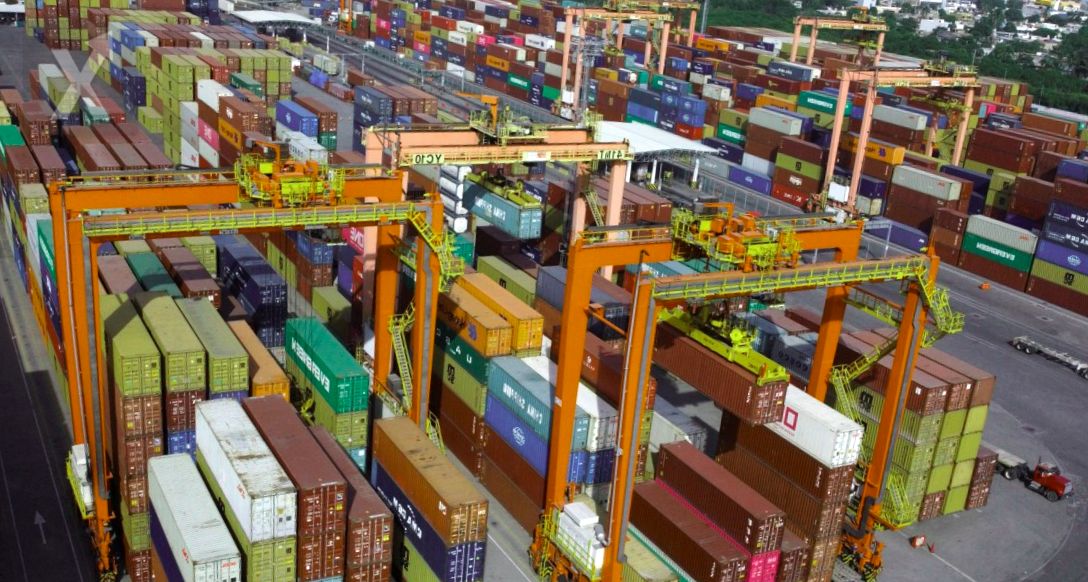Mexican Exports Rebound in April Driven by Manufacturing, Despite External Challenges

In April 2025, Mexican exports totaled $54.296 billion, representing an annual growth of 5.8%, according to data from the National Institute of Statistics and Geography (Inegi). This positive performance occurred in an international context marked by new trade tensions, including tariffs implemented by U.S. President Donald Trump’s administration—factors that are creating uncertainty about the future of Mexico-U.S. bilateral trade.
The main boost to the export sector came from manufactured goods, which saw a 6.6% increase compared to the same month last year. Looking at destination markets, shipments to the United States—Mexico’s primary trade partner under the United States-Mexico-Canada Agreement (USMCA)—rose 5.7% year-over-year, while sales to the rest of the world showed even more momentum, growing by 11.7%.
Within the manufacturing segment, the rise in non-automotive exports stood out, posting an annual increase of 14.3%. This growth helped offset the decline in the automotive sector, whose exports fell by 7.1%. Meanwhile, agricultural exports also saw a similar decrease, mainly due to lower sales of key products such as onions, tomatoes, and legumes.
The oil sector continued to face difficulties, with an annual drop of 13.2%, dragged down by persistently lower international crude prices compared to previous years. This decline negatively impacts the overall trade balance, given oil’s historical weight in Mexico’s external accounts, although over the last decade, manufacturing exports have taken on a greater role as the main driver of foreign currency inflows.
In contrast, total imports reached $54.384 billion, marking a 1.2% annual decrease. This drop was mainly due to an almost 19% reduction in capital goods purchases, an indicator often associated with the pace of productive investment in the economy. Imports of consumer goods fell 4.2%, while imports of intermediate goods—crucial for manufacturing supply chains—increased by 1.9%, supported by stronger demand for petroleum inputs.
The net result was a slight trade deficit of $88 million in April, a shift from the surplus recorded in March. This figure is explained by a combination of a lower positive balance in non-oil exports and a deeper oil sector deficit. However, looking at the cumulative analysis, Mexico’s foreign trade shows improvement: In the first four months of 2025, the trade balance closed with a surplus of $1.009 billion, a significant improvement compared to the $6.452 billion deficit seen during the same period in 2024.
The recent performance of Mexican exports reflects the manufacturing sector’s resilience and the diversification of destination markets, despite challenges such as energy price volatility, trade restrictions, and a slowdown in key segments like automotive. Looking ahead, the outlook will be shaped by the evolution of trade relations with the United States, global demand trends, and the capacity of Mexican productive sectors to adapt to a challenging international environment.
In conclusion, the export growth seen in April and the accumulated positive balance in Mexico’s trade underscore the strength of the national industry in the face of external challenges. However, risks remain associated with global demand and U.S. trade policy, underscoring the need to maintain strategies for diversification and strengthening of the export sector.






